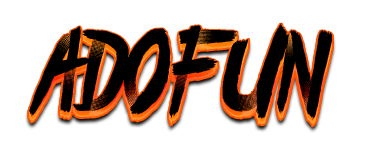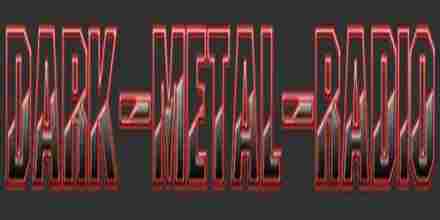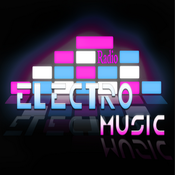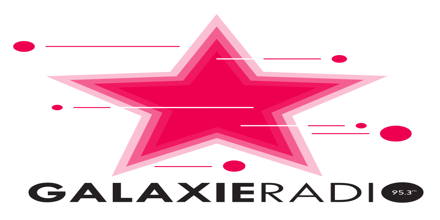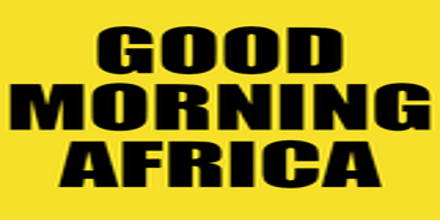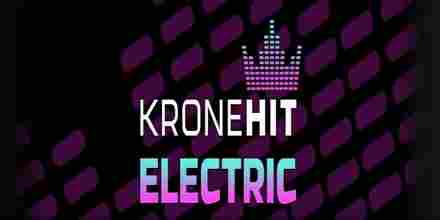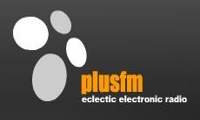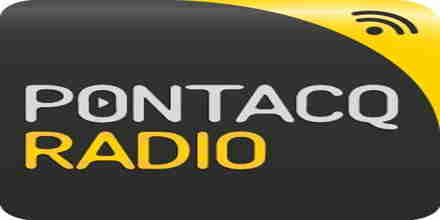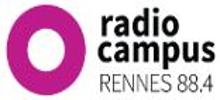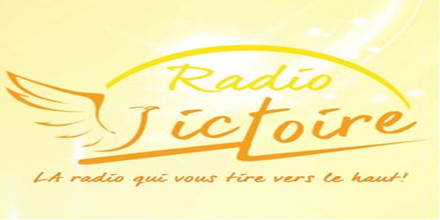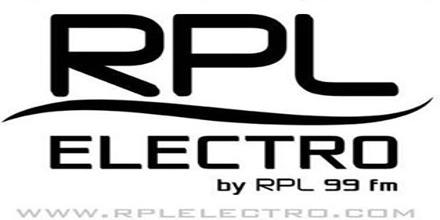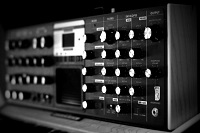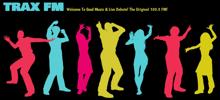Electro is an early form of electronic dance music that originated in the late 1970s and early 1980s, primarily in Detroit, Michigan. It is characterized by its use of drum machines, synthesizers, and other electronic instruments to create a distinctive sound that blends elements of funk, soul, and disco with futuristic, robotic textures. The genre emerged from the creative fusion of African American music traditions and emerging electronic technology.
One of the pioneering figures in electro is Juan Atkins, who, along with Derrick May and Kevin Saunderson, formed the collective known as the Belleville Three. These artists laid the groundwork for what would become Detroit techno, but their early work was deeply rooted in electro. Tracks like "Clear" by Cybotron (a project featuring Atkins) exemplify the genre's signature robotic vocals, heavy use of drum machines like the TR-808, and synthesizer melodies that create a sense of otherworldly atmosphere.
The lyrical content in electro often revolves around themes of futurism, technology, and social commentary. Songs frequently feature vocoders or talk-boxes to produce distorted, mechanical vocals that add to the genre's unique aesthetic. This use of technology in music production was revolutionary at the time and set the stage for future developments in electronic music.
Electro gained significant popularity in the 1980s with tracks like "Planet Rock" by Afrika Bambaataa & The Soulsonic Force, which sampled Kraftwerk's "Trans-Europe Express." This track helped bring electro to a wider audience and influenced numerous artists across different genres. The genre also had a strong impact on hip-hop, with many early rap groups incorporating electro beats into their music.
The visual and cultural aspects of electro are equally important. The genre is often associated with a futuristic, cyberpunk aesthetic, reflecting the technological optimism and dystopian fears of the era. This aesthetic can be seen in the music videos, album artwork, and live performances of electro artists, which often feature robotic costumes, neon lights, and sci-fi themes.
Electro's influence extends beyond its heyday in the 1980s. The genre has experienced several revivals and has inspired numerous sub-genres and offshoots, including electroclash, which emerged in the late 1990s and early 2000s. Electroclash artists like Fischerspooner and Ladytron blended electro with elements of punk, new wave, and synth-pop, creating a fresh take on the original sound.
In recent years, electro has continued to evolve, with artists incorporating modern production techniques and blending it with other genres such as house, techno, and trap. The genre's enduring appeal lies in its ability to adapt and innovate while retaining its core elements of robotic vocals, heavy drum machine beats, and futuristic soundscapes.
Electro festivals and events continue to attract fans from around the world, celebrating the genre's rich history and ongoing evolution. These gatherings often feature live performances by both classic electro artists and newer acts who are carrying on the tradition. The sense of community and shared passion for electronic music is a hallmark of the electro scene, fostering creativity and collaboration among musicians and fans alike.
In conclusion, electro stands as a foundational genre in the development of electronic dance music. Its innovative use of technology, distinctive sound, and futuristic aesthetic have left an indelible mark on popular culture. From its roots in Detroit to its global influence today, electro remains a vibrant and dynamic force in the world of music.
 351
Canada, Toronto Electro 320 kbps MP3
351
Canada, Toronto Electro 320 kbps MP3 343
France Electro 320 kbps MP3
343
France Electro 320 kbps MP3![Listen Anima Amoris [Electro] 160 MP3](/img/play.svg)
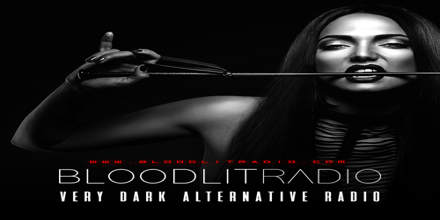
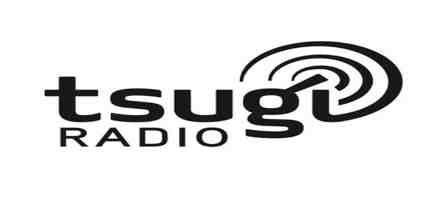
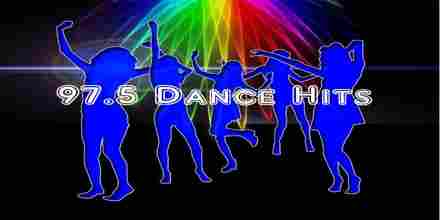
 1
1
